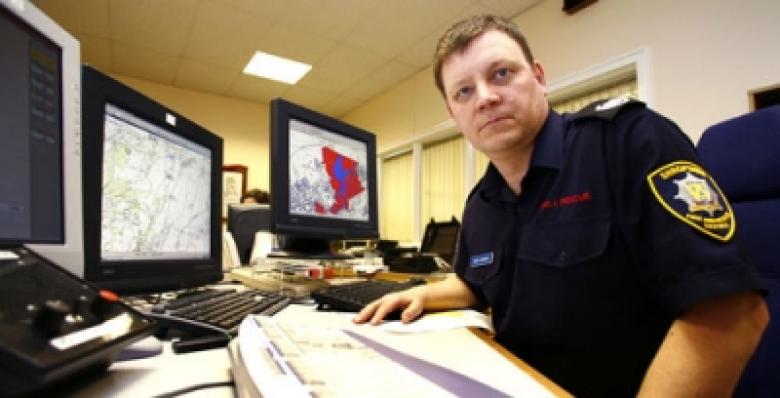
A total of 30,000 homes in the most rural parts of Shropshire have been identified as having "a higher than average" risk from fire.
Teams of firefighters plan to visit all the individual householders giving them potentially lifesaving fire prevention information aimed at protecting those identified as vulnerable.
The mammoth public education campaign is part of a far reaching exercise launched by Shropshire Fire and Rescue Service to save lives and protect the community from fire.
More than 6,000 homes have already been visited in rural areas since the scheme was launched last September. This has resulted in advice being given to around 3,000 residents and 2,000 smoke alarms fitted. Firefighters plan to re-visit those addresses where the occupier was not in at the first visit.
"Over the past five years we have seen house fires plummet as a direct result of firefighters going into the community, visiting people's homes and helping them to take action to prevent house fires," said Assistant Divisional Officer John Round, whose brigade has been identified as one of the best run fire services in the UK according to the recent Audit Commission Report.
"Our aim now is to extend that education campaign into Shropshire's more remote areas because we know it works."
Firefighters from Shropshire's 22 retained ( part time ) fire stations have been undergoing training in readiness for the exercise and in the next few weeks the campaign will be extended across the county.
"They will visit 30,000 homes identified as having a higher than average risk," said ADO Round.
Pensioners, the disabled, those living alone, and people living in rented accommodation and a long distance from a fire station have been identified through a detailed scheme using census information and computer mapping.
Risk factors such as being elderly or disabled, mixed with response times for fire crews and a five year history of fire "hotspots" have helped to compile the data, revealed Divisional Officer Andy Johnson, head of Risk Management, who has led the team responsible for inputting the computer information.
"We will continue to input data from where fires are happening to make sure we prioritise those areas. We will then continue to assess it to see how much it has reduced the risk from fire in those areas," said ADO Johnson.
For more fire safety information contact the Community Fire Safety department at Shropshire Fire and Rescue Service on 01743 260200 or visit www.shropshirefire.gov.uk.




